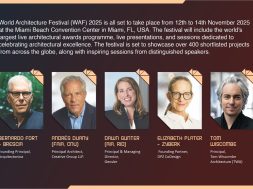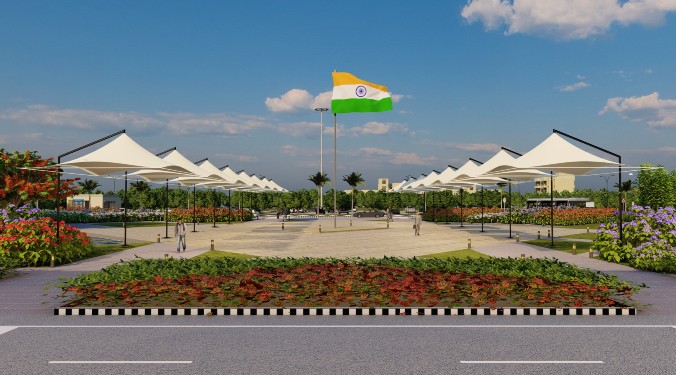
Sustainability, in my opinion, should be perceived as a duty of every citizen to adopt such norms for the sake of preservation of our resources for the next generation.
Amol Prabhu, Partner,Shashi Prabhu & Associates (SPA)
The most significant sustainable building SPA has built is the administrative building constructed over 8,700 sq. m. for IRICEN
India is one of the fastest developing nations in the world, but it is also the world’s largest democracy. In the coming few years, India is probably going to see unprecedented growth in infrastructure and building construction sector – probably more than any other nation in the world, believes Amol Prabhu, Partner,
Shashi Prabhu & Associates (SPA). He adds, “Because of this mammoth development, our nation is going to put immense burden on the nature, environment and the global climate. As a conscientious country, we need to carry out this development with utmost diligence and sensitivity to the environment so that we not only create a safer and healthier planet for our future generation but also create a model society for the rest of the world to follow. India as one of the fastest growing economies can play a pivotal role in shaping the environmental policies for the rest of the world.”
Amol Prabhu gets fascinated when he sees the focus and vision of associations such as Leadership in Energy and Environmental Design (LEED) and Building Research Establishment Environmental Assessment Method (BREEAM) who have, over the past numerous years, put a solid effort in developing sustainable standards that have not only increased the awareness of green architecture throughout the world but also benefitted numerous organisations promoting the compliant products.
About sustainability Prabhu says, “Sustainability, in my opinion, should be perceived as a duty of every citizen to adopt such norms for the sake of preservation of our resources for the next generation. However, in the failure of mandatory regulations and or clarity of enforcing law, such benevolent causes sometimes gets overlooked by many developers for the sheer greed and short term outlook. Although we all do our part in infusing sustainable elements such as solar power, LED lights, rain water harvesting, STP’s, composting and solar passive architecture in most of our projects, more needs to happen on a national level. Adoption of sustainable elements should be intuitive and mandatory to be successfully executed. There needs to be a greater initiative from government to standardise these norms and make them mandatory, and if not, provide better incentives to the end users to adopt such practices in their structures.”
Building sustainable structures
Sharing his views on what is takes to build sustainable structures Amol Prabhu says, “First and foremost, creating sustainable structures start with creation of norms and standards that are contextual/region sensitive, easy to use, intuitive, and capable of capturing and documenting the direct/indirect benefit.” Therefore, the role of the government/statutory body becomes essential in defining such standards and enforcing them into law, so that people are required to use them in their practices. Subsequently, it takes a paradigm shift in mindset of all the stakeholders of a project to mandate that their project is sustainable in nature by extracting maximum benefit and not necessarily looking at the short term savings there may be by not enforcing these standards.
He adds, “Today, modern technology is helping us build the sustainable structures. On a passive side, complex computer aided software’s simulate the wind and solar directions to facilitate designs of buildings to either capture natural light or ventilation or provide shade from direct sun to reduce impact of solar radiation.”
A few advanced technologies
The growth of LED lighting in India is probably one of the fastest in the world. A 60W incandescent bulb of former times can be replaced by an 8W LED bulb build though use of modern technology. High efficiency exterior glass reduces the impact of the solar heat to the inside. Computer operated VRV air-conditioning systems precisely control the amount of electricity consumed by these systems by monitoring the heat loads inside the buildings, energy or light and motion sensors automatically turn off lights in unutilised areas, and Building Management Systems do the same with air-conditioning systems.
The most significant sustainable building SPA has built is the administrative building constructed over 8,700 sq. m. for IRICEN (Indian Railways Institute of Civil Engineering) in Pune which is a LEED Platinum rated building. The institute plays a vital role in building the career of railway engineers and provides in-house training to freshly recruited civil engineers of Indian Railways. There are some more of SPAs structures which incorporate green building norms such as LED lighting, VRV AC systems, rain water harvesting, solar energy generation, BMS systems, water recycling and reuse through STP and ETP, etc.
Cookie Consent
We use cookies to personalize your experience. By continuing to visit this website you agree to our Terms & Conditions, Privacy Policy and Cookie Policy.









